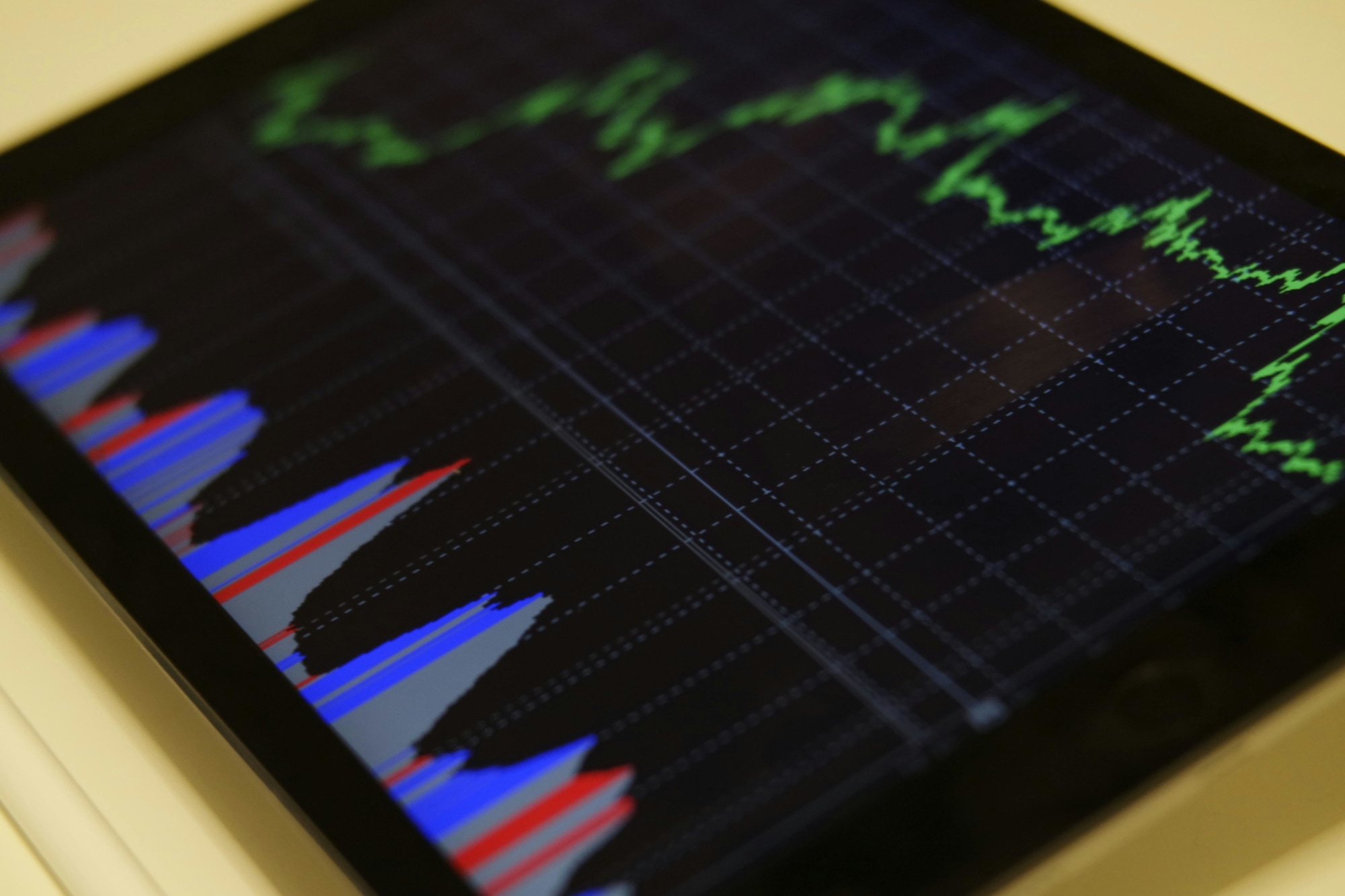Invest
Lucky it’s a leap year: Bonus day to boost GDP
The addition of just one extra day is being forward-praised for providing the Australian economy with enough added time to ensure positive growth occurs across the March quarter.
Lucky it’s a leap year: Bonus day to boost GDP
The addition of just one extra day is being forward-praised for providing the Australian economy with enough added time to ensure positive growth occurs across the March quarter.

Insight from KPMG’s chief economist, Dr Brendan Rynne, is predicting 29 February to add $5.2 billion to 2020’s first quarter GDP.
Acknowledging the Australian economy as “stuttering”, Dr Rynne said underlying structural problems like weak wages growth, high household debt and now slowing commodity prices are all being compounded by extraordinary events such as drought, bushfires and the coronavirus.
But despite recent speculation around negative growth for the quarter, the economist is expecting the “quirk” of the leap year to provide enough of a buffer to prevent it from falling into negative territory despite the economy’s “underlying weakness”.
Dr Rynne outlined that the extra day of GDP is not explicitly adjusted for by the Australian Bureau of Statistics; economic activity is not normally addressed on a “per day” basis.

“This is mainly because it brings up issues like ‘how many business days are in each month/quarter and how does this compare to last month/quarter,” he said.
“But for this discussion, we need to.”
This is because the March quarter in each leap year includes an extra day of economic activity – 91 in total.
On the other hand, “the other three years out of every four sees the March quarter with 90 calendar days, which compares to 91, 92 and 92 calendar days for the June, September and December quarters, respectively”, Dr Rynne explained.
Over the last two years, the economist noted that seasonally adjusted real GDP has grown by about $2.5 billion per quarter.
Highlighting the calculation, the economist outlined that “if growth in economic activity in the current quarter is equal to the average quarterly growth for the past two years, then we would expect to see the March quarter 2020 about $7.5 billion larger than the December 2019 quarter”.
That is, average growth plus the “extra day” of GDP.
To hit negative growth territory in the March quarter, “conditions in the economy would have to be sufficiently bad that the average growth of $2.5 billion of GDP evaporated, as did the ‘extra day’ of GDP”, the economist flagged.
In reality, Dr Rynne commented that “this means about $7.5 billion of value added would need to fall out of the economy”.
“This is almost impossible.”
While a number of sectors are “vulnerable” to current events – such as accommodation and restaurants, air transport, education and training and retail – these sectors only represent around 13 per cent of the total GDP.
“For those sectors to lose $2.5 billion in value added, they have to contract by a collective 4 per cent.”
According to the economist, “this would be a very significant drop – the most these sectors have fallen in recent times is a combined 0.9 per cent”.
This occurred at the height of the global financial crisis back in 2009.
“But for them to drop $7.5 billion (normal momentum and an extra day), they have to drop 12 per cent in a quarter,” he explained.
“That is not going to happen.”
Despite this, speculation around negative growth is understandable, according to Dr Rynne, where the “technical outcome will not change the experiences of households and businesses in the current economic environment”.
“The economy feels weak because it is weak.”
About the author

About the author


Economy
Australian inflation continues downward trend, nearing RBA target
The Australian Bureau of Statistics (ABS) has reported that the Consumer Price Index (CPI) rose 2.7 per cent in the year to August, down from 3.5 per cent in July and 3.8 per cent in June. Read more

Economy
UK markets poised for gains after election, global geopolitical risks remain
Chris Iggo, Chief Investment Officer at AXA Investment Managers, has provided an optimistic outlook for UK markets following the recent general election, while cautioning about ongoing global ...Read more

Economy
Co-ops and mutuals boost revenue to $43.2 billion despite economic challenges
Australia's top 100 co-operative and mutual businesses have posted a record performance in the 2023 financial year, growing total revenue by 16.1 percent to $43.2 billion. Read more

Economy
Fed decision set to pressure emerging market central banks to hike rates
The Federal Reserve's expected decision to maintain US interest rates at a two-decade high at its sixth consecutive meeting on Wednesday is set to put pressure on emerging market central banks to hike ...Read more

Economy
Fed keeps rates steady, signals higher for longer amid elevated inflation
The Federal Reserve kept interest rates unchanged at its May meeting and signaled that rates are likely to stay higher for longer given elevated inflation in the first quarter, while also announcing a ...Read more

Economy
CPI data another piece in RBA's interest rate decision puzzle, says REIA
The latest Consumer Price Index (CPI) data from the Australian Bureau of Statistics (ABS) shows that inflation rose 3.4% in the 12 months to February 2024, unchanged from the previous two months, ...Read more

Economy
Including passive job seekers in unemployment measure doesn't impact economic cycle view, study finds
New research from e61 Institute has found that while current unemployment measures may not capture all job seekers, broader definitions that include passive job searchers do not provide better ...Read more

Economy
Survey reveals heightened job security concerns among IT workers in 2024
A recent survey conducted by Authority Hacker has revealed that 89.66% of IT workers in the United States have increased concerns about job loss in 2024. Read more

Economy
Australian inflation continues downward trend, nearing RBA target
The Australian Bureau of Statistics (ABS) has reported that the Consumer Price Index (CPI) rose 2.7 per cent in the year to August, down from 3.5 per cent in July and 3.8 per cent in June. Read more

Economy
UK markets poised for gains after election, global geopolitical risks remain
Chris Iggo, Chief Investment Officer at AXA Investment Managers, has provided an optimistic outlook for UK markets following the recent general election, while cautioning about ongoing global ...Read more

Economy
Co-ops and mutuals boost revenue to $43.2 billion despite economic challenges
Australia's top 100 co-operative and mutual businesses have posted a record performance in the 2023 financial year, growing total revenue by 16.1 percent to $43.2 billion. Read more

Economy
Fed decision set to pressure emerging market central banks to hike rates
The Federal Reserve's expected decision to maintain US interest rates at a two-decade high at its sixth consecutive meeting on Wednesday is set to put pressure on emerging market central banks to hike ...Read more

Economy
Fed keeps rates steady, signals higher for longer amid elevated inflation
The Federal Reserve kept interest rates unchanged at its May meeting and signaled that rates are likely to stay higher for longer given elevated inflation in the first quarter, while also announcing a ...Read more

Economy
CPI data another piece in RBA's interest rate decision puzzle, says REIA
The latest Consumer Price Index (CPI) data from the Australian Bureau of Statistics (ABS) shows that inflation rose 3.4% in the 12 months to February 2024, unchanged from the previous two months, ...Read more

Economy
Including passive job seekers in unemployment measure doesn't impact economic cycle view, study finds
New research from e61 Institute has found that while current unemployment measures may not capture all job seekers, broader definitions that include passive job searchers do not provide better ...Read more

Economy
Survey reveals heightened job security concerns among IT workers in 2024
A recent survey conducted by Authority Hacker has revealed that 89.66% of IT workers in the United States have increased concerns about job loss in 2024. Read more








